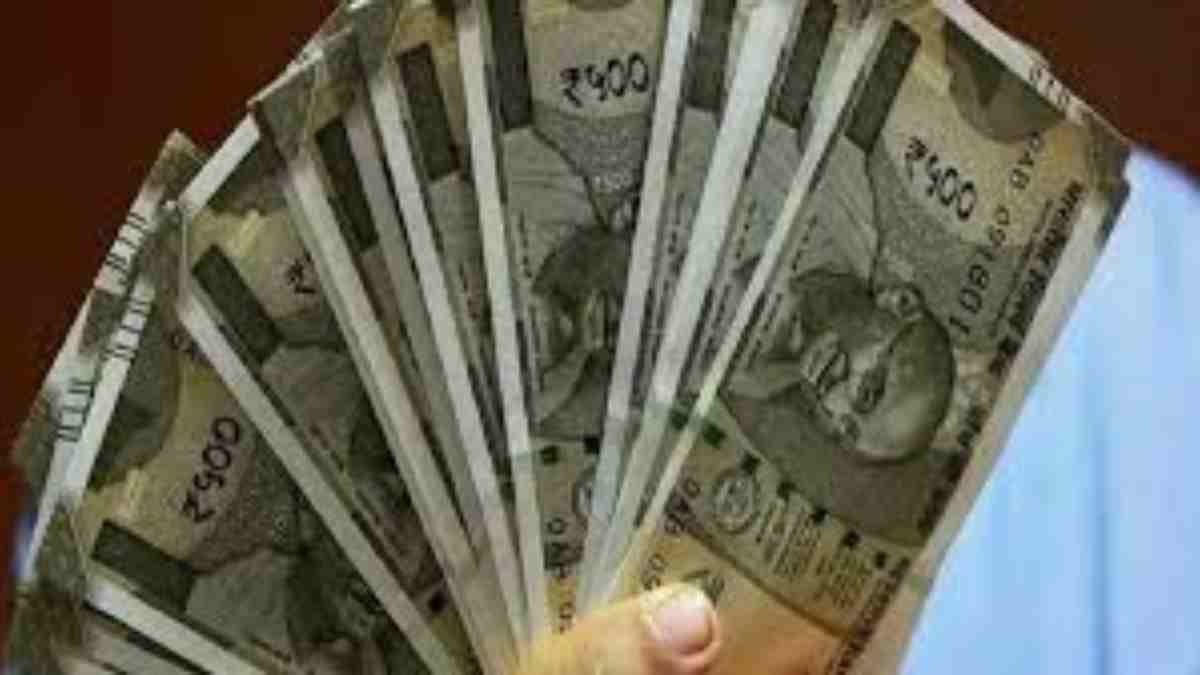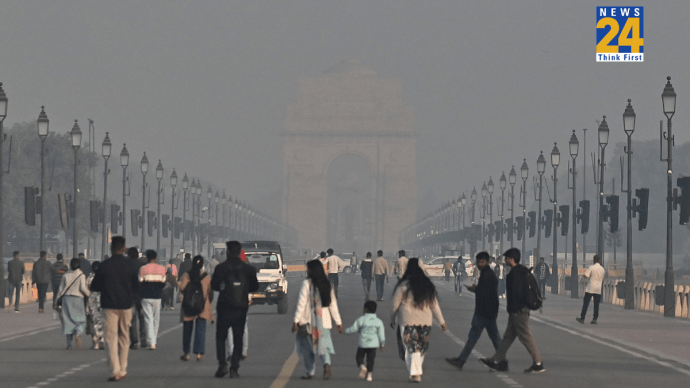A recent working paper by the People Research on India’s Consumer Economy (PRICE) highlights a reduction in income inequality in India during 2022-23, signaling effective post-pandemic recovery measures.
However, it also points to an ongoing concentration of wealth among the top income earners, alongside persistent challenges for the bottom 10 percent of the population.
The Gini index, a measure of income inequality, improved from 0.463 post-independence to 0.367 in 2015-16, but worsened to 0.506 by 2020-21 due to the economic impact of the Covid-19 pandemic, according to The Indian Express.
The index then improved to 0.410 in 2022-23, reflecting a reduction in disparities. Despite this, wealth remains heavily concentrated among the wealthiest, and the bottom 10 percent continue to face economic struggles.
Social welfare programs such as MGNREGA, Direct Benefit Transfers (DBT), and financial inclusion initiatives have contributed to a modest increase in the income share of the bottom 50 percent, rising from 15.84 percent in 2020-21 to 22.82 percent in 2022-23. However, this is still below the 24.07 percent share recorded in 2015-16. The middle 40 percent also saw an increase in income share, rising to 46.6 percent in 2022-23 from 43.9 percent previously.
The top 10 percent saw their share of income rise sharply, reaching 38.6 percent in 2020-21, up from 29.7 percent in 2015-16, driven by the digital boom during the pandemic.
As quoted by Indian Express, the report’s mentioned that, “Despite a slight decrease to 30.6 per cent in 2022-23, the top 10 per cent still hold a significant portion of national income. For the bottom 10 per cent, the pandemic period saw their share drop to 1.1 per cent in 2020-21, the lowest point in the dataset, before a slight recovery to 2.4.per cent in 2022-23. The top 1 per cent saw significant growth in their income share during this period, peaking at 9.0 per cent in 2020-21 before slightly declining to 7.3 per cent in 2022-23.”













